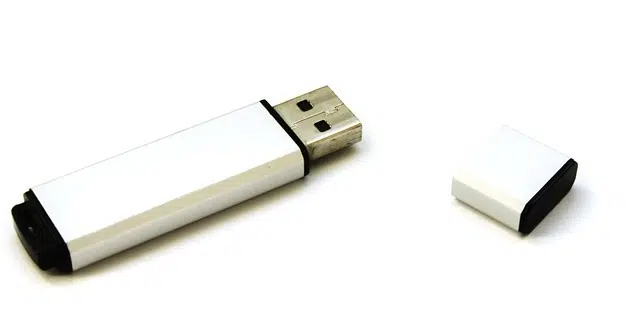
The acronym USB corresponds to Universal Serial Bus.
USB is the acronym for Universal Serial Bus ( Universal Serial Bus , in Spanish). It is a computer science concept to name the port that allows peripherals to be connected to a computer .
The creation of USB dates back to 1996 , when a group of seven companies (including IBM , Intel and Microsoft ) developed the format to improve the interconnection capacity of technological devices. USB , unlike other ports, does not require a system reboot to recognize the connection of peripherals (it has greater plug-and-play or plug-and-play capability).
The USB is capable of detecting and installing the software necessary for the operation of the devices. Unlike other types of ports (such as PCI ), it does not have a large bandwidth for data transfer, which is a disadvantage in certain cases.
Peripherals with USB connection
The keyboard , mouse , digital cameras, scanners, printers and mobile phones are some of the peripherals that can be connected to a computer through the USB port.
All this without forgetting other equally important peripherals such as, for example, video cameras, external DVD recorders, portable hard drives, pen drives, musical devices such as MP3s, joysticks, flyers or webcams.

USB flash drives are very popular for storing and/or transferring digital information.
Classification according to type
Currently there are several types of USB ports that differ according to their data transfer speed. USB 1.0 has a maximum transfer rate of 1.5 Mbps and is used in devices such as mouse and keyboard. USB 1.1 can reach a transfer rate of up to 12 Mbps, while USB 2.0 reaches up to 480 Mbps. USB 3.0, USB 3.1 , USB 3.2 and even USB 4.0 are other standards.
USB 3.0, for example, we can determine that is not only ten times faster than its predecessor but also that it considerably reduces energy consumption. And all this without overlooking the fact that, in the same way, it reduces the time necessary to carry out the corresponding data transmission.
USB flash drives
Nor can we ignore the existence of what is known as a USB memory. This is a small device that is used to save a large amount of information using what is known as the Flash system. It is also called pen, pendrive, memory stick or memory key, among others.
Nowadays, the USB memory has become one of the most used computing devices by citizens around the world. And it allows you to carry a large amount of information with you in a small device of small dimensions, light weight and, therefore, easily transportable.
Up to 1 TB of data can be stored on a pendrive that is connected via a USB connector to a mobile phone, tablet or laptop, for example. That is why they are used to safeguard information ( backups ) or transfer data.
